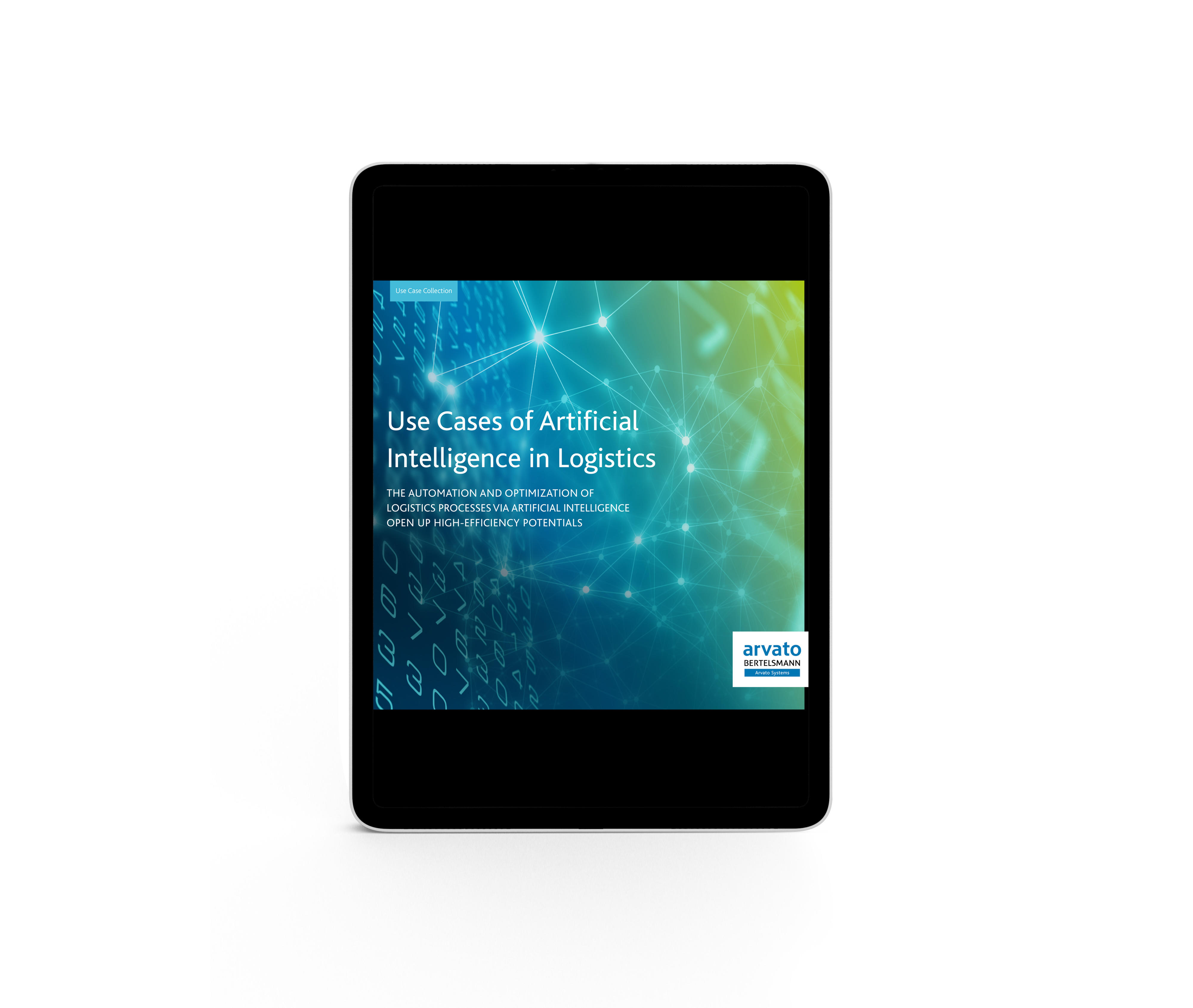
AI-Supported Demand Planning Secures the Supply Chain and Minimizes Storage Costs
Demand Planning Influences Many Other Processes Such as Logistics and Financial Planning
Accurate planning of the demand for items of all kinds is crucial for the profitability and security of the supply chain. This applies to retail as well as to production. Artificial Intelligence ensures security in demand planning.
On the one hand, the availability of products or parts must be ensured to avoid bottlenecks, delivery delays, or even production interruptions. On the other hand, procurement must be optimized to avoid tying up capital unnecessarily. Warehousing costs should also be minimized; after all, storing products and parts is a real cost driver. Optimal quantity control is essential for time and cost efficiency in the warehouse.
Challenges on the Tightrope Walk
This makes demand planning a perpetual tightrope walk, on which companies also consistently face particular challenges - a few examples:
- In retail, there are seasonal peaks for which the requirements of certain products should be planned as precisely as possible.
- In the context of promotional offers, it makes sense to offer suitable additional products to increase sales further - these must be available in sufficient quantities during the promotional period.
- In the automotive industry, for example, but also in other sectors, today's high degree of individualization means that the appropriate equipment must be available on time to meet delivery deadlines.
- In the context of product changes in various industries, manufacturers must ensure the supply of spare parts for products withdrawn from the market over a longer time.
- A borderline case of demand planning is replenishment control in order picking: There must always be sufficient goods in the picking zone; replenishments that are carried out too often hinder the processes and are unnecessary work.
It was in March 2021 that the fragility of global supply chains became apparent for the first time. The container ship Ever Given ran aground in the Suez Canal, blocking the waterway of global importance for six days. According to Germany Trade & Invest (GTAI), this had "created the most expensive queue in the world, with about 400 ships." Since then, there have been repeated developments that have jeopardized supply chains - be it renewed blockades of the Suez Canal or strikes by dockworkers at the Port of Hamburg and ports on the West and East Coasts of the United States.
Further complications for demand planning resulted from production shifts closer to Europe, the shortage of skilled workers, higher levels of automation in production, and the enormous growth in online trade due to the Corona pandemic - not to mention the current political situation. These uncertainties also led to the increase of buffer stocks to be prepared for delivery delays or failures.
In addition, customer behavior can change "all of the sudden" in the omnichannel world of retail, for example - sometimes forced by external circumstances such as the Covid 19 pandemic. Thus, the "run" on the Click and Collect form of distribution was also an acid test for demand planning. Not only that, but the demand for products also shifted significantly during the pandemic, keyword home office.
Accurate Demand Forecasts Are Crucial
Accurate forecasts of demand are, therefore, crucial for profitability and supply chain security. Today, all processes generate enormous amounts of data that can be used for planning. Two examples:
- How many customers purchased which additional products when buying a summer dress?
- How many washing machines were taken off the market during product changes required, which spare parts, and when during the course of their service life?
In all these considerations, it should not be forgotten that demand planning provides the basis for the control of a whole series of other processes. These can be warehouse management, route and storage location planning for internal logistics, workforce scheduling or yard management, as well as internal and external production processes.
Financial planning also suffers from fuzzy demand planning. Excessive inventories lead to high capital commitment and unnecessary storage costs. Too low inventories, in turn, also cause avoidable costs due to hectic procurement processes.
AI Enables Reliable Forecasts
Artificial Intelligence is evolving from a buzzword to a forward-looking logistics technology. The essential questions of demand planning, for example, can only be answered inadequately with manual, statistical, or heuristic methods, if at all. On the other hand, AI can forecast the demand for individual products or materials over the next few weeks based on historical data. In this way, it can answer questions such as what customers or, in the B2B sector, companies have purchased and when and in what quantities.
It can correlate various parameters, identify dependencies and thus recognize patterns at an early stage that are hidden to us humans. In addition to internal data, external information such as the weather or trends observed in social media channels can also be incorporated. Based on this, the AI recommends which quantities of an item should be ready at a specific time to process upcoming orders. It also informs when the current stock is expected to last.
Additional parameters can be set in the process. These can indicate, for example, the extent to which goods should be held in other stock as security for unforeseen incoming orders or delays in the supply chain. In this way, AI provides previously unimagined transparency and security in demand planning. This also benefits internal logistics - for example, through the optimization of warehouse management, item positioning, and the equalization of internal transport routes.
The Advantages at a Glance
Conclusion: A Sustainable Competitive Advantage
AI-supported demand planning is a sustainable competitive advantage. It provides reliable forecasts of which items should be available where and in what quantity to meet the ordering behavior of customers or the requirements of production processes "just in time."

We have compiled ten use cases of artificial intelligence in logistics for you here and show their advantages.
Written by



